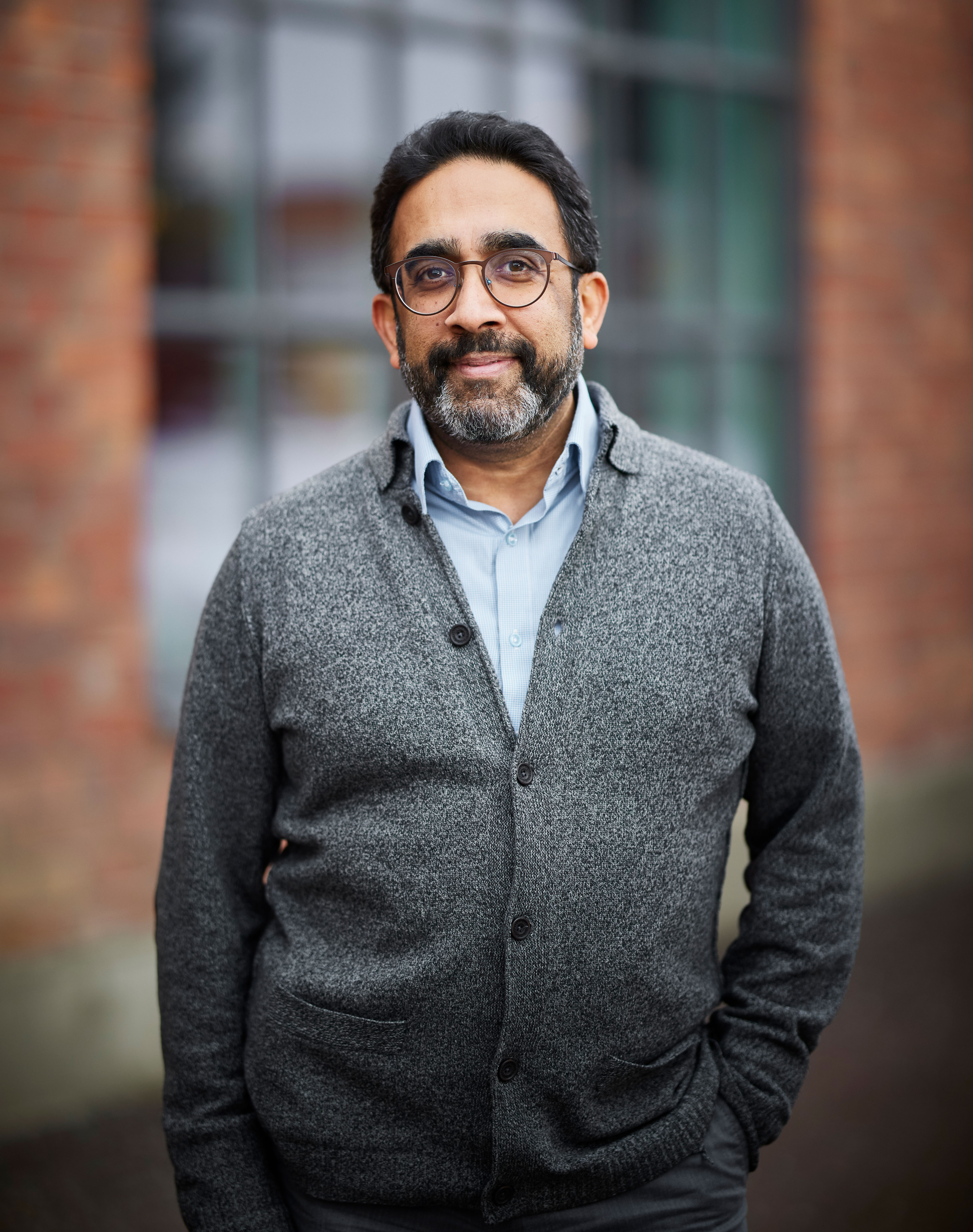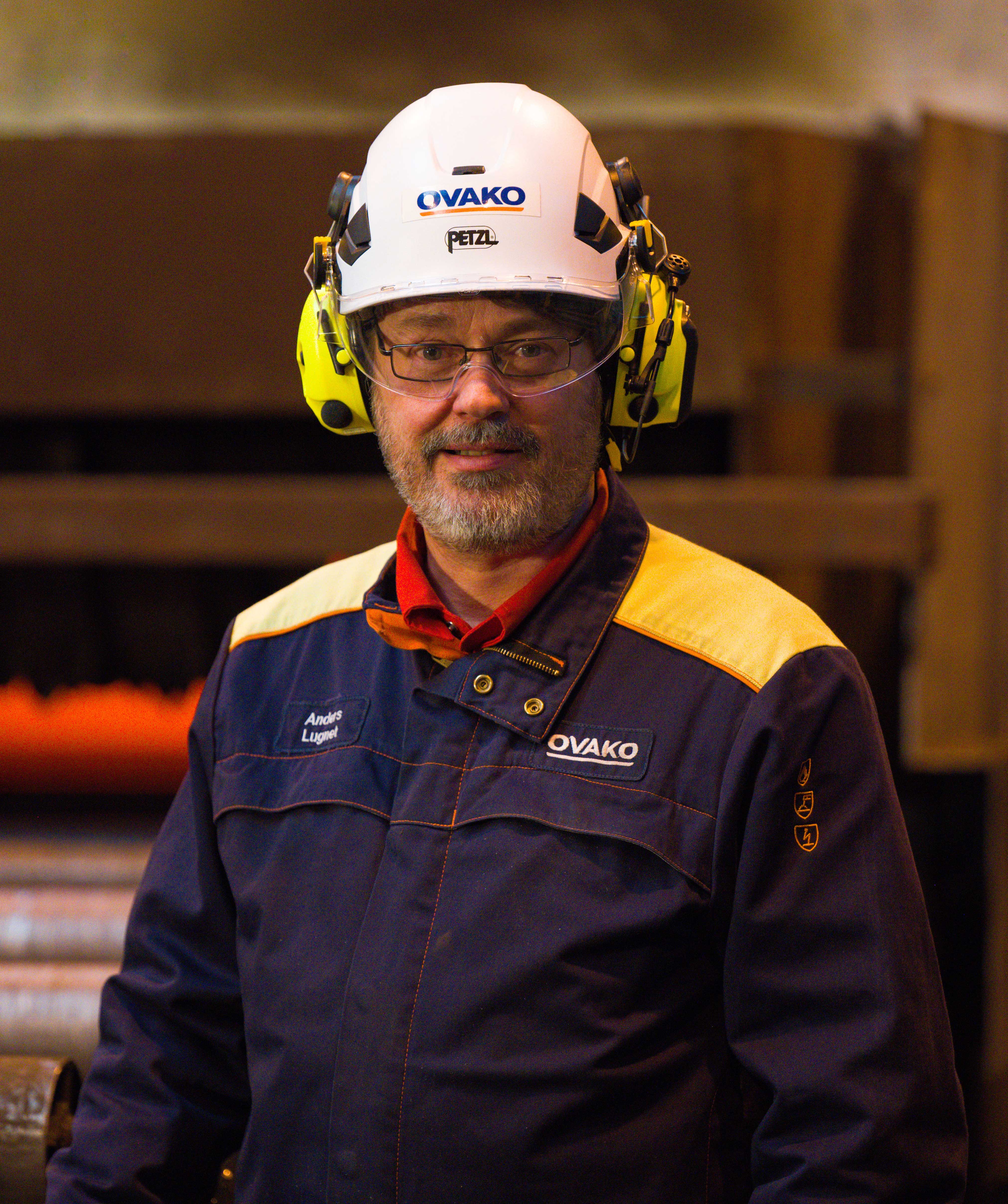Once a steel company is willing to switch to electric, we can help with the rest.
 Dilip Chandrasekaran, Business Development Manager, Kanthal.Evidently, Kanthal, a world-leading name in industrial heating technology and resistance materials, stands at the forefront of this transformation. Dilip Chandrasekaran, Kanthal Business Development Manager, asserts, "Most steel companies are aware that electric heating elements are not only powerful enough but also improve thermal efficiency and the work environment while contributing to quality improvements." He adds, "Once a steel company is willing to switch to electric, we can help with the rest."
Dilip Chandrasekaran, Business Development Manager, Kanthal.Evidently, Kanthal, a world-leading name in industrial heating technology and resistance materials, stands at the forefront of this transformation. Dilip Chandrasekaran, Kanthal Business Development Manager, asserts, "Most steel companies are aware that electric heating elements are not only powerful enough but also improve thermal efficiency and the work environment while contributing to quality improvements." He adds, "Once a steel company is willing to switch to electric, we can help with the rest."
Now, let us dig into the intersection of the latest innovations in electric heating technology, the challenges associated with the transition, and strategies to overcome them.
Where we stand today
We begin by determining what is possible today before we explore what could be possible soon. Kanthal has identified three heating processes in downstream steel production that are ready for electrification – the Continuous Annealing Line (CAL), Continuous Galvanizing Line (CGL), and Roller Hearth Furnaces.
"You can retrofit an existing furnace simply by replacing the gas burners in the furnace with tubes and electric heating elements, and making a few small modifications," says Chandrasekaran.
 Anders Lugnet, Furnace Technology Specialist, Ovako.Kanthal’s electric heating solutions allow for exact temperatures across different zones, while drastically improving the work environment with less noise and better air quality. Through decades of working with industrial heating solutions, Kanthal has developed a broad range of materials suitable for annealing furnaces, galvanizing furnaces, and roller hearth furnaces, depending on the temperature requirements and atmospheric conditions. Kanthal can also customize its products and designs to suit specific requirements.
Anders Lugnet, Furnace Technology Specialist, Ovako.Kanthal’s electric heating solutions allow for exact temperatures across different zones, while drastically improving the work environment with less noise and better air quality. Through decades of working with industrial heating solutions, Kanthal has developed a broad range of materials suitable for annealing furnaces, galvanizing furnaces, and roller hearth furnaces, depending on the temperature requirements and atmospheric conditions. Kanthal can also customize its products and designs to suit specific requirements.
Ovako, a leading steel producer, has been on the path to electrification of heating processes for the past decade. In 2012, Anders Lugnet, a Furnace Technology Specialist at Ovako, was tasked with mapping all the company's 150 furnaces and devising an action plan to reduce emissions. Lugnet recommended electrifying Ovako's heat treatment furnaces, which was not an obvious solution at the time. However, the process began in 2014, with each furnace equipped with up to 86 Tubothal® metallic heating elements. Today, 15 roller hearth furnaces have been electrified, and this move is estimated to save around 1,400 to 2,000 tons of CO2 per year, per furnace. Several other steelmakers worldwide have also embarked on the journey towards decarbonization by electrifying their annealing and galvanizing lines.
Navigating the Challenges of Electrification
While the benefits of electric heating are evident, the transition from gas to electricity poses multifaceted challenges that demand careful consideration and strategic planning. Chandrasekaran sheds light on these challenges and offers insights into overcoming them.
“One of the primary challenges in electrifying steel production lies in identifying suitable processes for conversion. While certain processes may lend themselves easily to electrification, others, like Direct Reduction of Iron (DRI), present unique complexities. The inherently high temperatures and specific operating conditions of DRI require specialized electric heating solutions tailored to withstand the rigors of the process while maintaining efficiency and productivity,” Chandrasekaran explains.
Furthermore, redefining electric power requirements and ensuring access to renewable electricity are critical considerations in electrification.
“Accurately defining the efficiency of the electric solution versus the efficiency of the gas solution isn’t easy,” admits Chandrasekaran, adding that steel companies tend to have limited knowledge of the impact that changes in heat transfer and efficiency may have on the properties of their end product.
While thermal engineering calculations can be made, these will only provide an approximate picture of the outcome. “The only way to obtain a reliable prediction is through testing – for example, by carrying out a stepwise conversion of parts of a heating zone or converting it zone by zone. Additionally, the end user must ensure that sufficient electrical power is available, and that the factory has the necessary infrastructure for distribution to the electrically heated furnaces,” says Chandrasekaran.
Furthermore, the power control system will need to be redesigned. “With a gas furnace the control system can be quite simple, but running an electrical solution could be more complex, you need to understand how to control and regulate the power on the elements to avoid overheating and maximize the lifetime of the elements,” Chandrasekaran adds. “However, the upside is that the temperature control in the furnace will be significantly more accurate when using electric heating.”
Moving on, electric heating provides the opportunity to fully eliminate CO2 emissions. For this to happen, access to renewable electricity is a must, but there’s no quick-fix solution.
The volume available and its cost varies enormously from country to country. The good news is that most governments are working to solve the problem. In the meantime, Chandrasekaran believes it is only a matter of time before switching away from fossil-based power becomes less of a choice and more of an imperative.
“All over the world, governments are requiring companies to move away from fossil fuels and most major steelmakers are all looking for ways to reduce their emissions,” he says. “Only they can make the decision but, once they do, we have the expertise and experience to make the switch to electric happen.”
Introducing Prothal® TH
Now, let’s discuss what lies ahead. Industries, particularly in the iron and steel sector, require highly efficient and reliable MW-scale electric process gas heaters to significantly reduce their carbon footprint. As a process like DRI is gradually transitioning from natural gas to hydrogen, the demand for electric process gas heating solutions for industrial and pressurized applications is on the rise. However, the MW scale lacks proven robust and safe electric solutions for heating various process gases to high temperatures (800-1,100°C or 1,472-2,012°F).
To address this challenge, in 2021, Kanthal and Nycast AB entered into an exclusive license agreement for gas heating technology to develop high-efficiency MW-scale electric heaters.
These solutions, which will go under the name Prothal® TH, cater to diverse industries, offering versatility to accommodate varying process parameters such as gas compositions, operating pressure, and flow rates. A recent test at Swerim AB, a leading industrial research institute, in Luleå, Sweden, involved a medium-scale Prothal® TH process gas heater.
The tests, conducted with diverse gas compositions such as air, nitrogen, and hydrogen, demonstrated impressive results. The heating solution achieved process gas outlet temperatures up to 1,050°C (1,922°F) without issues, showcasing robust performance in handling input fluctuations while ensuring safety limits.
"Results from the testing of our current electric process gas heater design are highly promising, showcasing remarkable energy efficiency, consistent operational stability, and the potential for achieving elevated gas outlet temperatures. Additionally, our heater relies on critical subcomponents, such as electric heating elements, benefiting from our extensive expertise in their design, fabrication, and operation," explains Thomas Helander from Kanthal's R&D team.
While further validation is needed for operational parameters on larger installations, these tests mark a significant step forward. They indicate that the evolving Kanthal portfolio has the potential to decarbonize a wide range of applications and industry segments. The gas inlet and outlet temperature graph, along with electric power and flow rates, demonstrates the effectiveness of the Prothal® TH heater.
What the future beholds
With the advancement of technology, Kanthal envisions rolling out process heaters within the next few years, with expanded capabilities for testing and demonstration planned for 2024. This innovation is not limited to the steel industry; other sectors, including cement manufacturing, stand to benefit from this groundbreaking technology.
As the steel industry moves towards a more sustainable future, it not only reduces its environmental impact but also sets an inspiring example for other sectors to follow. With existing possibilities in electrification and revolutionary innovations like Prothal® TH on the horizon, the prospect of widespread decarbonization appears well within our reach. By embracing electrification and joining hands in collaborative efforts, the steel industry is not merely adapting to change but leading the charge towards a greener, more resilient future.